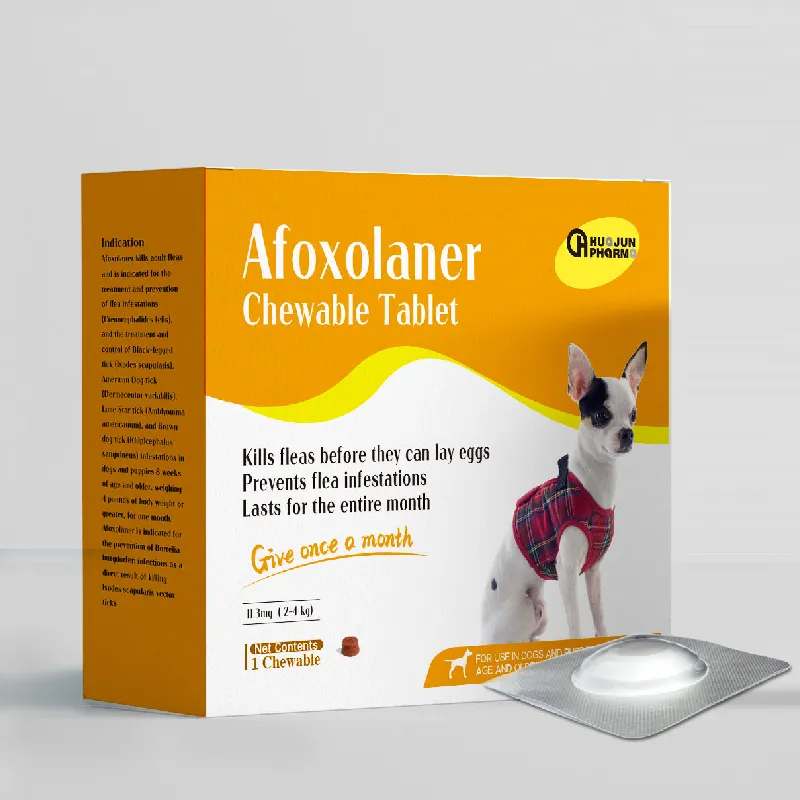
Oct . 11, 2024 04:04 Back to list
pasteurellosis disease supplier
Understanding Pasteurellosis Causes, Symptoms, and Treatment
Pasteurellosis is an infectious disease caused by bacteria of the genus Pasteurella, primarily *Pasteurella multocida*. This zoonotic disease can affect a variety of animals, including domesticated pets like cats and dogs, as well as livestock such as cattle, sheep, and pigs. Additionally, it poses a potential risk to human health, particularly for those with compromised immune systems. This article aims to shed light on the causes, symptoms, and available treatments for pasteurellosis, emphasizing the importance of awareness and prevention.
Causes of Pasteurellosis
Pasteurellosis is commonly transmitted through bite wounds or scratches from infected animals, particularly in pets. For instance, cat bites are notorious for introducing *Pasteurella* bacteria into human wounds, leading to severe infections. The bacteria can also spread through respiratory droplets or direct contact with infected animals. Livestock can contract the bacteria through contact with contaminated environments or other infected animals.
Under certain conditions, pasteurellosis can spread rapidly in crowded settings, such as animal shelters, farms, or veterinary clinics. Stress, poor hygiene, and inadequate health management are significant risk factors that can exacerbate the spread of this disease.
Symptoms of Pasteurellosis
The clinical manifestations of pasteurellosis can vary widely, depending on the host species and the route of infection. In humans, symptoms can develop as quickly as 24 hours after exposure. Common symptoms include
- Localized Infections Painful swelling and redness at the site of a bite or scratch are the most frequent early signs. This can progress to abscess formation and systemic infections if left untreated.
- Respiratory Symptoms In cases involving inhalation or systemic spread, individuals may experience symptoms such as fever, cough, difficulty breathing, and chest pain
.- Septicemia Rare but serious, septicemia may occur, leading to widespread infection throughout the body and requiring immediate medical attention.
pasteurellosis disease supplier

In animals, symptoms can include respiratory distress, swollen lymph nodes, fever, and lethargy. Infected livestock may also exhibit poor growth and produce decreased milk, significantly impacting agricultural productivity.
Treatment Options
Prompt treatment is crucial for controlling pasteurellosis and reducing the risk of severe complications.
1. Antibiotics The primary treatment for pasteurellosis in humans and animals involves the use of antibiotics. Common choices include penicillin, amoxicillin, and tetracycline. The choice of antibiotic may vary based on the severity of the infection and the patient’s specific circumstances.
2. Wound Care Proper care of any bite or scratch wounds is essential for preventing infection. This includes thorough cleaning and disinfecting of the wound, as well as monitoring for signs of infection.
3. Supportive Care In more severe cases, supportive care may be necessary, particularly for those experiencing respiratory distress or septicemia. This may involve hospitalization, intravenous fluids, and other interventions to stabilize the patient's condition.
4. Vaccination and Prevention While vaccines specifically targeting *Pasteurella* are not widely available, preventive measures are essential. Pet owners should take care to manage their pets’ health and avoid situations that might lead to bites or scratches, such as rough play. For livestock, maintaining cleanliness and reducing stress in crowded settings can help mitigate the spread of infection.
Conclusion
Pasteurellosis represents a significant public health and veterinary concern, particularly for those in close contact with pets and livestock. Understanding its causes, symptoms, and treatment options is vital for preventing and managing this disease. For anyone who has been bitten or scratched by an animal known to harbor *Pasteurella*, seeking prompt medical advice is essential. Preventive measures, including good hygiene practices and diligent health management of animals, can greatly reduce the risk of pasteurellosis and safeguard both human and animal health.
-
Premium Young Chicken - Leading Young Chicken Manufacturer & Supplier for Fresh Poultry Needs
NewsJul.08,2025
-
Enterococcus Faecalis Mold Remover – Powerful & Safe Solution from Trusted Manufacturer
NewsJul.08,2025
-
Premium Diarrhea Treatment Solutions Leading Diarrhea Factories & Suppliers
NewsJul.08,2025
-
High-Quality Blisters Manufacturer & Supplier Reliable Blisters Factory
NewsJul.07,2025
-
High-Quality Skeleton Development Services Leading Factory, Manufacturer & Supplier
NewsJul.07,2025
-
High-Quality Cockscomb Turns White Reliable Manufacturer & Supplier Factory
NewsJul.07,2025




